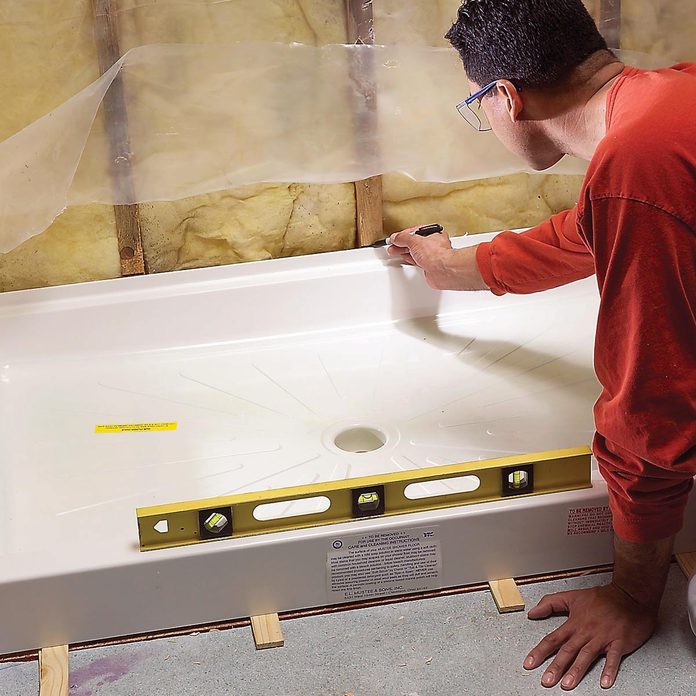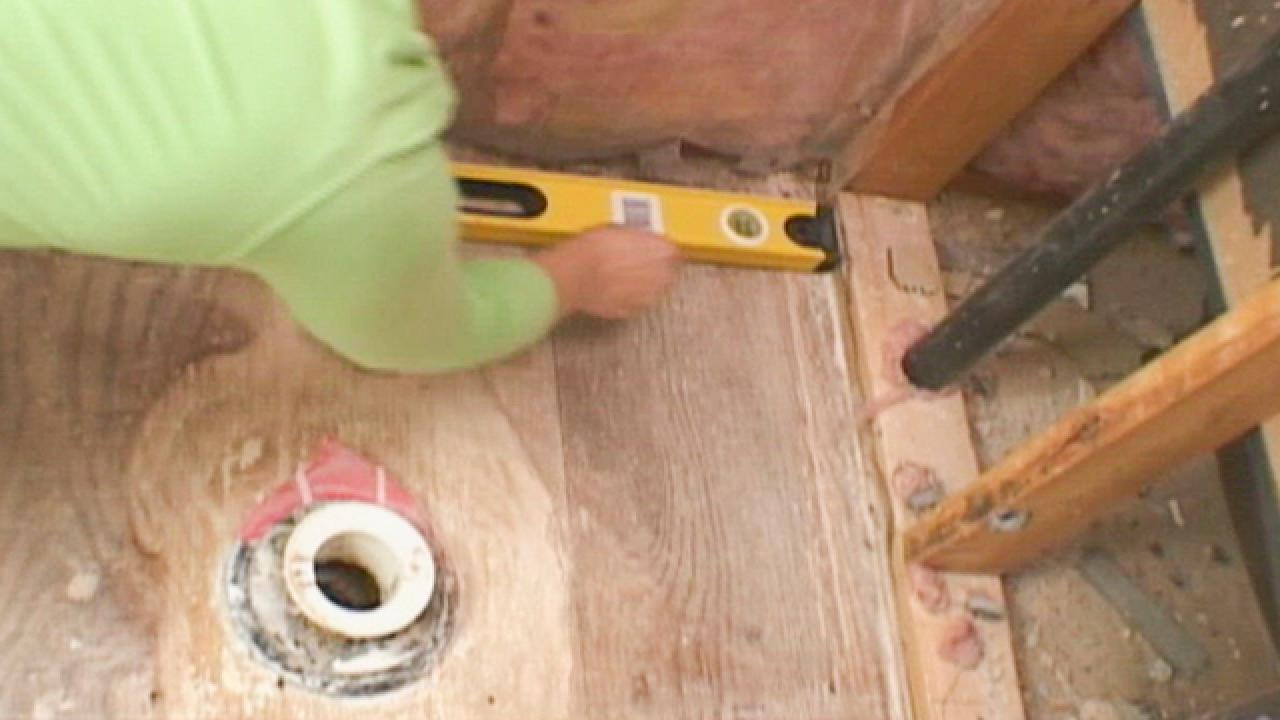Tackling-Dealing with-Managing Your Own-Personal-DIY Shower Drain-Bathroom Drain-Drainage System Installation-Setup-Project
Tackling-Dealing with-Managing Your Own-Personal-DIY Shower Drain-Bathroom Drain-Drainage System Installation-Setup-Project
Blog Article
They are making a number of good annotation on the subject of How to Install a Shower Drain in a Basement in general in this post beneath.

Upgrading a shower room is just one of the more prominent residence improvement jobs. Taking care of the plumbing for draining your shower can be exceptionally simple unless you overdo it.
Handling Your Own Shower Drainpipe Installation Project
Whether you are a tub or shower individual, most people search for shower just alternatives when purchasing a house. This straightforward reality suggests more than a few house owners invest a weekend break updating or mounting showers in their bathrooms. Thankfully for you, it is a relatively straightforward procedure.
A collector or pan refers to the horizontal surface located at the bottom of the shower. The collector normally consists of a non-slip surface somewhat banked in the direction of the center or any place the drainpipe lies. Integrated with three to four inch wall surfaces around the side, the objective of your shower drainage plumbing is to get the water to stream to as well as away.
You can literally construct a collector for your new shower, but you really need to think about it. Do you actually intend to get involved in the difficulties of obtaining the sloping right, in addition to making sure every facet of it is water-proof? As well as I indicate every element! It is much easier to simply buy a pre-cast collector online or at your local Lowes, Residence Depot or equipment shop. Structure one might sound like an excellent concept, however you will probably really feel in different ways after a number of hrs.
Regardless of how you go about obtaining a pan, you ought to strive to make use of one that has the drain located in the very same place as the original pan. Relocating the drain pipes can be a job, especially if the builder utilized an unique framework structure. If you are determined to relocate the drain, you are going to need to cut back the pipeline or lengthen it, which may suggest ripping up large portions of the floor. Rephrase, you are mosting likely to be taking a look at a multiple weekend break project.
Thinking we have our drain aligned, the real hook up is rather easy. The drainage pipeline must be facing upright as much as the enthusiast. It will certainly often appear like a "U", which means it functions as a cleanout to maintain nasty scents from coming back up from the drainpipe. To link the drainpipe, you are going to develop a water tight link between a drainpipe cap on the top of the pan as well as the water drainage pipeline. Solutions differ, but you are typically going to do this by placing a coupling piece on the top of the water drainage pipe. This is after that covered with gaskets and also literally screwed into the drainpipe cap. The drainpipe cap ought to function as a locknut, to wit, it screws straight onto the coupling.
The difficult part of this procedure is getting your drain cap to suit a water tight position in the pan. This is completed by withdrawing the drain cap when you make certain everything fits together. At that point, you placed plumbing technicians putty around the bottom of the cap and then screw it back on. The putty ought to form a tight seal between the cap as well as the shower frying pan, which maintains water from flowing under it and into the framing under the shower.
Undoubtedly, washroom showers come in a wide range of styles nowadays. If you buy an enthusiast, they almost always featured plumbing instructions or the store can note anything unusual you ought to understand. It seems intricate, yet is commonly pretty simple. Have a good time!
Tips for Installing a Shower Drain Assembly
Renovating a bathroom can be exciting as well as fulfilling if you’re tackling the job DIY-style. After you cross off the bigger decisions such as tile style, paint colors, and fixtures, you’ll need to finalize smaller details – such as the shower drain. In this article, we’re sharing some tips for selecting and installing the right drain assembly for your updated shower.
What is a shower drain assembly?
Shower bases or pans typically only come with a pre-drilled drain hole. Since the pan slopes toward the drain, you should consider the placement – left, center, or right – when designing your shower. You’ll need to purchase and install a shower drain assembly that connects the shower pan to the drain pipe underneath the shower. There are a few types of assemblies, which will be covered below.
Size of a shower drain
When it comes to installing drains, size matters. The recommended pipe size for a shower drain is 2 inches, whereas most tubs use 1.5-inch pipes. Why the difference?
Shower pans are shallower than tubs, so there’s a higher risk for overflow. So, the larger pipe allows for quicker draining. If you are replacing an old tub with a newer stand-up shower, you will need to make additional plumbing adjustments to accommodate the 2-inch pipe.
Types of shower drain assemblies
There are three common types of shower drain assemblies: compression shower drain, solvent-glue shower drain, and tile shower drain. The layout, design, and materials of your shower can determine which type of shower drain assembly will work best.
Compression shower drain
This type of assembly attaches to the drain pipe with compression washers and nuts. The drain fitting is typically installed into the base, and then the base is installed into the bathroom floor. This makes compression-style drains easier to install than other options, particularly if you don’t have easy access from the floor under the shower base. Drains are available in a wide range of materials such as PVC (polyvinyl chloride), ABS (Acrylonitrile Butadiene Styrene), and brass, and can be used for acrylic, fiberglass, and steel shower bases.
Solvent-glued shower drain
Made of either polyvinyl or ABS, this type of shower drain is sealed to the drain pipe with solvent glue and silicone. Since you’ll be working underneath the drain pan, we only recommend using this type of drain if you have access under the shower, such as from a basement or crawlspace. It’s also important that you match the type of plastic of the drain with the drainpipe. If you take these precautions, you can install a solvent-glued drain assembly with acrylic, fiberglass, and steel shower bases.
Tile shower drain –
Drain assemblies for custom tile showers feature a waterproof membrane liner placed between two flanges. The tile is installed on top of the liner, collecting any water that seeps through the porous grout. A metal strainer is installed in line with the tile over the drain.
https://www.epshawaii.com/blog/tips-for-installing-a-shower-drain-assembly/

As a keen person who reads about How to Install a Shower Drain in a Basement, I imagined sharing that excerpt was essential. Do you know about another individual who is fascinated about the subject? Be sure share it. Thanks for taking the time to read it.
Report this page